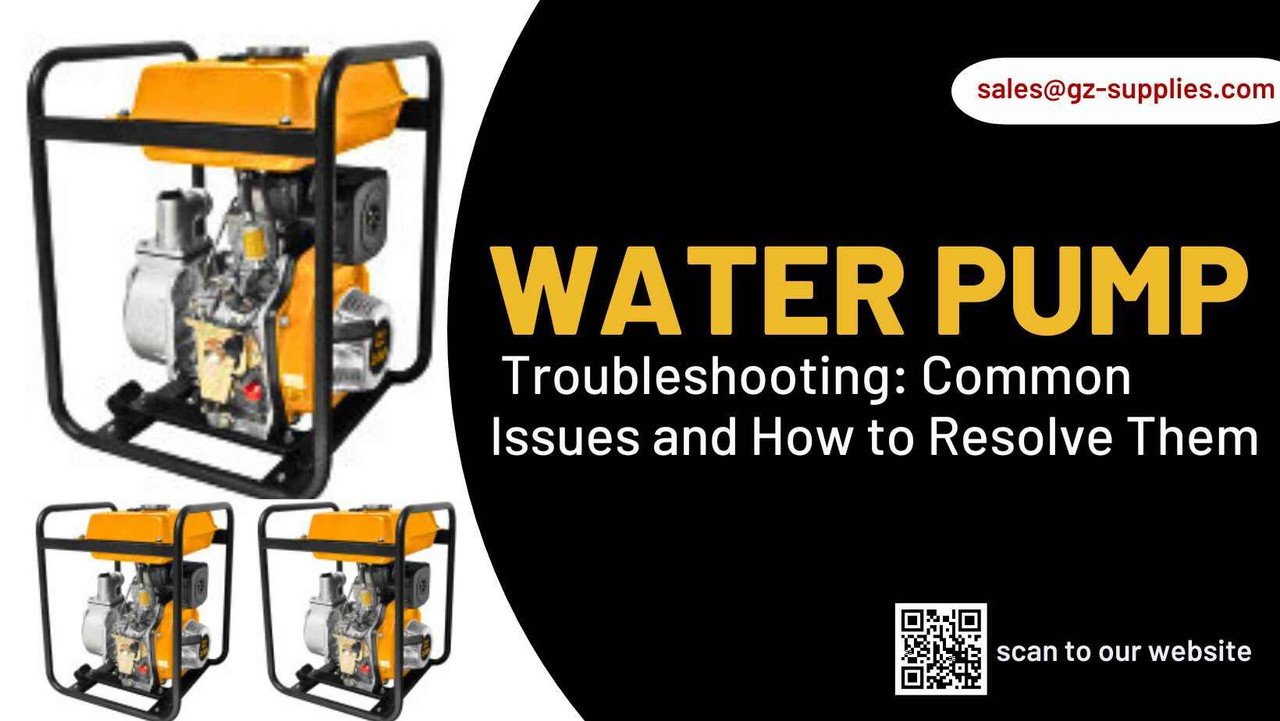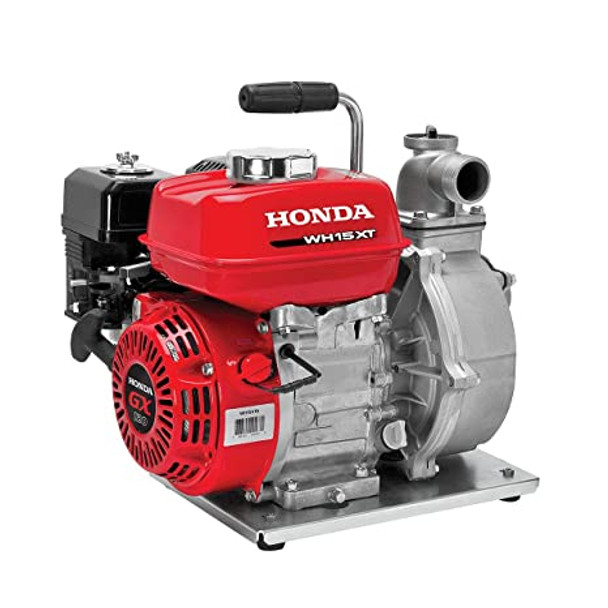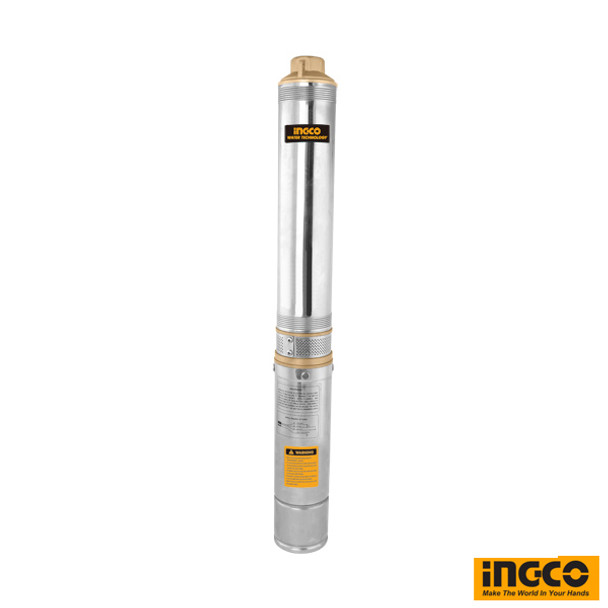Water Pump Troubleshooting: Common Issues and How to Resolve Them
Key Takeaway
- Identify Common Pump Issues: Common problems include low water pressure, noisy operation, failure to start, overheating, and leaks. Recognizing these symptoms early can help prevent more severe damage.
- Check Power Supply and Wiring: Ensure the pump has a stable power supply and check for loose or damaged wiring, as electrical issues are often the cause of starting failures or inconsistent performance.
- Inspect for Blockages and Clogs: Debris buildup in pipes or the impeller can reduce efficiency or cause the pump to stop working. Regularly clear any obstructions to maintain smooth operation.
- Monitor Pressure and Flow: Low pressure or erratic water flow can indicate issues such as leaks, worn-out parts, or a malfunctioning pressure switch, all of which should be addressed promptly.
Introduction
Water pumps are essential in various settings, from household applications to industrial systems, ensuring the smooth movement of water for different needs. However, like all mechanical devices, water pumps can run into problems. Understanding how to diagnose and fix common issues can save time, money, and frustration.
Troubleshooting a water pump involves identifying common issues and applying targeted solutions to keep the system running smoothly. Frequent problems include low water pressure, noisy operation, overheating, or failure to start, each of which can often be traced to specific causes. Start by checking the power supply and inspecting wiring connections, as many pump failures stem from electrical issues. Low pressure or erratic flow may indicate clogs in the pipes or impeller, which can be resolved by clearing any obstructions.
Additionally, leaks are often due to worn seals or gaskets, which, if replaced, can restore proper function and prevent water damage. It's also essential to check for air leaks in suction lines, as air intake can disrupt the pump’s ability to maintain a steady flow. Routine maintenance, such as cleaning filters, inspecting components for wear, and monitoring pressure, will help prevent these issues. If problems persist, it’s best to consult a professional, especially for motor or bearing issues that require specialized expertise. Regular troubleshooting and maintenance ensure a long, efficient lifespan for your water pump system.
This guide aims to help users identify and resolve frequent water pump problems efficiently.
Honda Water Pump WL30XH
Common Water Pump Issues
Water pump problems can range from electrical failures to mechanical breakdowns. Below are some of the most frequent issues and what they might mean:
1. Pump Fails to Start
Potential Causes: Electrical problems are often the main culprit when a pump refuses to start. This could include anything from loose wiring to a malfunctioning switch. If the electrical supply is fine, the issue could be with the motor or capacitor.
Diagnostic Steps: Check for power at the socket and inspect the pump’s fuse or circuit breaker. Ensure that the switch and wiring are in good condition. If everything seems fine but the pump still won’t start, it might be time to examine the motor.
2.Low Water Pressure
Reasons: Low water pressure can occur due to several factors, including leaks in the system, a clogged filter, or a damaged pressure switch. A drop in pressure may also be due to a pump that isn’t powerful enough for the system's demands.
How to Identify Pressure Problems: Look for signs of leaks in pipes or connections. Test the pressure gauge if one is available, and inspect the filters for any clogs.
3.Pump Runs Continuously
Common Causes: A pump that won’t shut off might be due to a faulty pressure switch or leaks in the system causing the pump to continuously try to maintain pressure. Another potential cause is an undersized pump struggling to meet demand.
Diagnostic Tips: Check for visible leaks and ensure that the pressure switch is correctly calibrated. If the pump is undersized, upgrading to a more powerful model may be necessary.
4. Noisy Pump Operation
Causes: Noise is usually an indicator of something wrong inside the pump. Common causes include air in the system (cavitation), debris clogging the impeller, or loose parts rattling inside the pump.
Sound-Based Diagnostics: Listen for specific types of noise—high-pitched whines might suggest air or cavitation, while louder bangs could indicate loose or damaged components. Regular maintenance, such as cleaning the impeller and tightening connections, often resolves this.
5. Water Pump Overheating
Potential Issues: Overheating can be caused by the pump running without water (dry running), a blocked impeller, or issues with the motor. Dry running is particularly damaging as it can quickly lead to internal damage.Identifying the Causes: Check that there is adequate water supply reaching the pump, inspect the impeller for clogs, and ensure the motor is properly ventilated to prevent overheating.
Gasoline Water Pump INGCO GWP302
Troubleshooting Steps and Solutions
Once you’ve identified a problem with your water pump, the next step is to troubleshoot and apply the appropriate solution. Here are some of the key actions to take:
1. Check Electrical Connections
What to Do: If the pump isn’t starting, ensure that all electrical connections are tight and secure. Test the power source and make sure the pump is receiving the proper voltage. If the issue persists, inspect the pump’s motor for signs of wear or failure.
Fixing Electrical Issues: In some cases, replacing a fuse or resetting a circuit breaker may resolve the problem. For more serious electrical problems, such as motor failure, it may be necessary to consult a professional technician.
2. Inspect and Clean Filters
Importance of Filter Maintenance: A clogged filter can cause low pressure or even stop the pump from working altogether. Filters need to be cleaned or replaced regularly to ensure the pump functions at its best.
Steps to Clean or Replace Filters: Remove the filter housing and inspect the filter for dirt and debris. If it’s dirty, wash it with clean water, or replace it if it’s too clogged or damaged.
3. Adjust Pressure Settings
Adjusting Pressure Switches: If your pump is running continuously or providing inconsistent pressure, adjusting or replacing the pressure switch can help. A pressure switch regulates when the pump turns on and off based on the system’s pressure.
Ensuring Optimal Water Pressure Levels: Check the pump's manual for the recommended pressure range and adjust accordingly. Over time, switches may wear out and need to be replaced, so regular checks are beneficial.
4. Addressing Airlocks
Detecting Airlocks: If the pump is making unusual noises, it may have air trapped in the system, causing cavitation. This can also result in reduced water flow.
Removing Air from the Pump: To fix this, open the bleed valve and let the air escape until water begins to flow steadily. In some systems, it may be necessary to manually prime the pump by adding water to the intake valve.
5. Seal and Gasket Replacement
Signs of Wear: If water is leaking from the pump, worn seals or gaskets could be to blame. These components are crucial for preventing leaks and maintaining the system’s efficiency.
How to Replace Seals and Gaskets: Shut off the power and water supply, dismantle the pump carefully, and replace any damaged seals or gaskets. Always use the correct replacement parts to ensure a proper fit.
Honda High Pressure Centrifugal Water Pump
Preventive Maintenance Tips
To avoid major breakdowns, regular maintenance is key. Following these tips can help extend the life of your water pump and prevent common issues:
1. Regular Inspections
Check your water pump at least every few months for signs of wear, leaks, or unusual noise. Early detection of small problems can prevent bigger, more expensive repairs.
2. Proper Storage
For pumps used seasonally, like those for irrigation or outdoor water features, proper storage is important. Before storing, ensure the pump is thoroughly cleaned, dried, and stored in a dry, sheltered area to prevent corrosion and freezing damage.
3. Lubricate Moving Parts
Regular lubrication of the pump's motor bearings and moving components ensures smooth operation and reduces friction. Use the manufacturer-recommended lubricants, and avoid over-lubricating, which can attract dust and debris.
4. Monitor Pressure Levels
Consistently monitor the water pressure to ensure that it remains within the optimal range. Pressure that's too high can strain the system, while low pressure could indicate blockages or leaks.
5. Cleaning the Impeller and Housing
The impeller, which moves water through the pump, is prone to collecting debris. Cleaning the impeller and housing regularly ensures that the pump operates efficiently. Debris buildup can cause cavitation and reduce performance.
INGCO Diesel Water Pump GEP402
When to Call a Professional
While many water pump issues can be handled by the user, some problems require professional intervention. Here are a few signs that it’s time to contact an expert:
1. Persistent Electrical Issues
If you've checked the wiring, voltage, and motor and the pump still refuses to start, it could be an internal electrical problem beyond a simple DIY fix. An electrician or pump technician should handle this.
2. Significant Pump Damage
If the pump has visible cracks or severe corrosion on its body or parts, a professional evaluation is necessary. In some cases, replacing the pump might be more cost-effective than attempting a repair.
3. Motor Replacement
Replacing or repairing the motor is a more complex task that typically requires specialized knowledge. Motor issues often require precision, and incorrect handling can lead to further damage.
4. Pump Not Priming Despite Multiple Attempts
If you’ve tried priming the pump and it continues to lose prime, a professional inspection can diagnose deeper issues like a damaged foot valve or air leaks.
5. Pump Overheating Continuously
If the pump frequently overheats, it may be due to complex issues like motor burnout, insufficient cooling, or a blocked impeller. A technician can accurately identify the root cause and provide the appropriate solution.
Ingco Deep Well Pump 2hp DWP15001
Frequently Asked Questions
1. Why is my pump losing prime frequently?
A pump can lose prime due to air leaks in the suction line, a faulty check valve, or insufficient water in the pump chamber. To resolve this, inspect the suction line for any cracks or loose fittings. Additionally, ensure that the water level is adequate, and the check valve is functioning correctly.
2. Can I use any sealant for pump leaks?
No, it’s important to use a sealant specifically designed for water pumps, as some sealants may degrade over time or contaminate the water. Always refer to the manufacturer's recommendation for the appropriate sealant. Silicone-based or epoxy sealants are commonly used for water pumps.
3. How often should I perform maintenance on my water pump?
It depends on the pump's usage, but as a general rule, you should inspect and maintain your pump every 3 to 6 months. Regular maintenance includes cleaning filters, checking for leaks, and ensuring all connections are tight. Pumps that run continuously or are exposed to harsh conditions may need more frequent checks.
4. What’s the average lifespan of a water pump?
The lifespan of a water pump varies depending on the quality, usage, and maintenance. On average, a well-maintained pump can last 10 to 15 years. However, industrial pumps or those exposed to heavy-duty work may have a shorter lifespan due to wear and tear.
5. Why is my pump vibrating excessively?
Excessive vibration is usually caused by improper alignment, loose mounting bolts, or cavitation. Check that the pump is securely fastened to its base and that all bolts are tight. Additionally, ensure that there is no air in the system causing cavitation. Realigning the pump or tightening components often solves the issue.
Related Articles
HOW TO RESOLVE WATER PUMP FAILURE
DIFFERENT TYPES OF WATER PUMP AND THEIR APPLICATION
Where to Buy Water Pumps in Nigeria
Conclusion
In summary, understanding the common issues that affect water pumps and knowing how to troubleshoot them is essential for maintaining efficiency and preventing costly repairs. By performing regular maintenance, such as cleaning filters, adjusting pressure settings, and inspecting seals, you can extend the life of your pump and ensure optimal performance.
However, when issues become too complex to resolve on your own—like persistent electrical failures or severe mechanical damage—don’t hesitate to call a professional. Ensuring timely intervention can save you from more expensive repairs or replacements down the road.
Ensuring your water pump remains in optimal condition requires the right tools, equipment, and timely repairs. For high-quality water pumps, spare parts, and maintenance supplies, visitGZ Industrial Supplies. Whether you need troubleshooting assistance, replacement parts, or new equipment, GZ Industrial Supplies has you covered with a wide range of reliable products. Explore their selection today to keep your water pump running smoothly!














